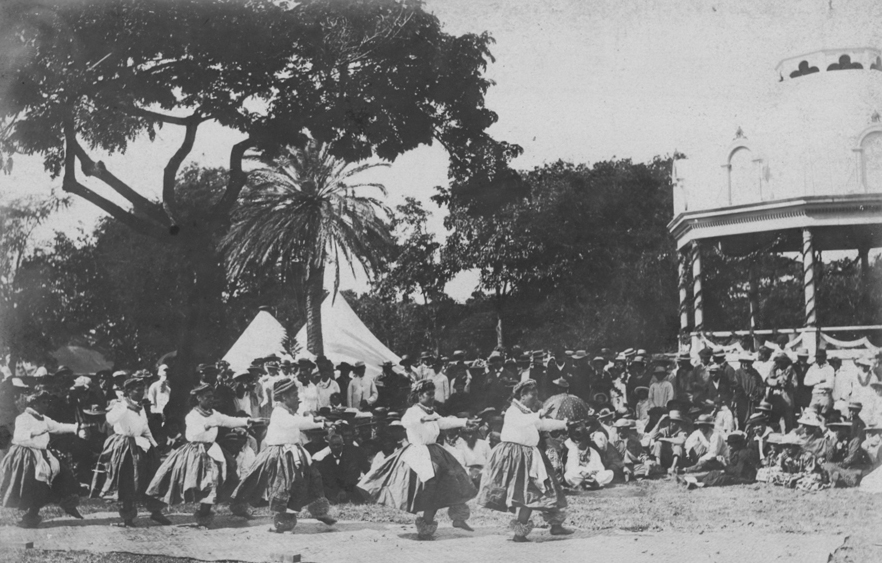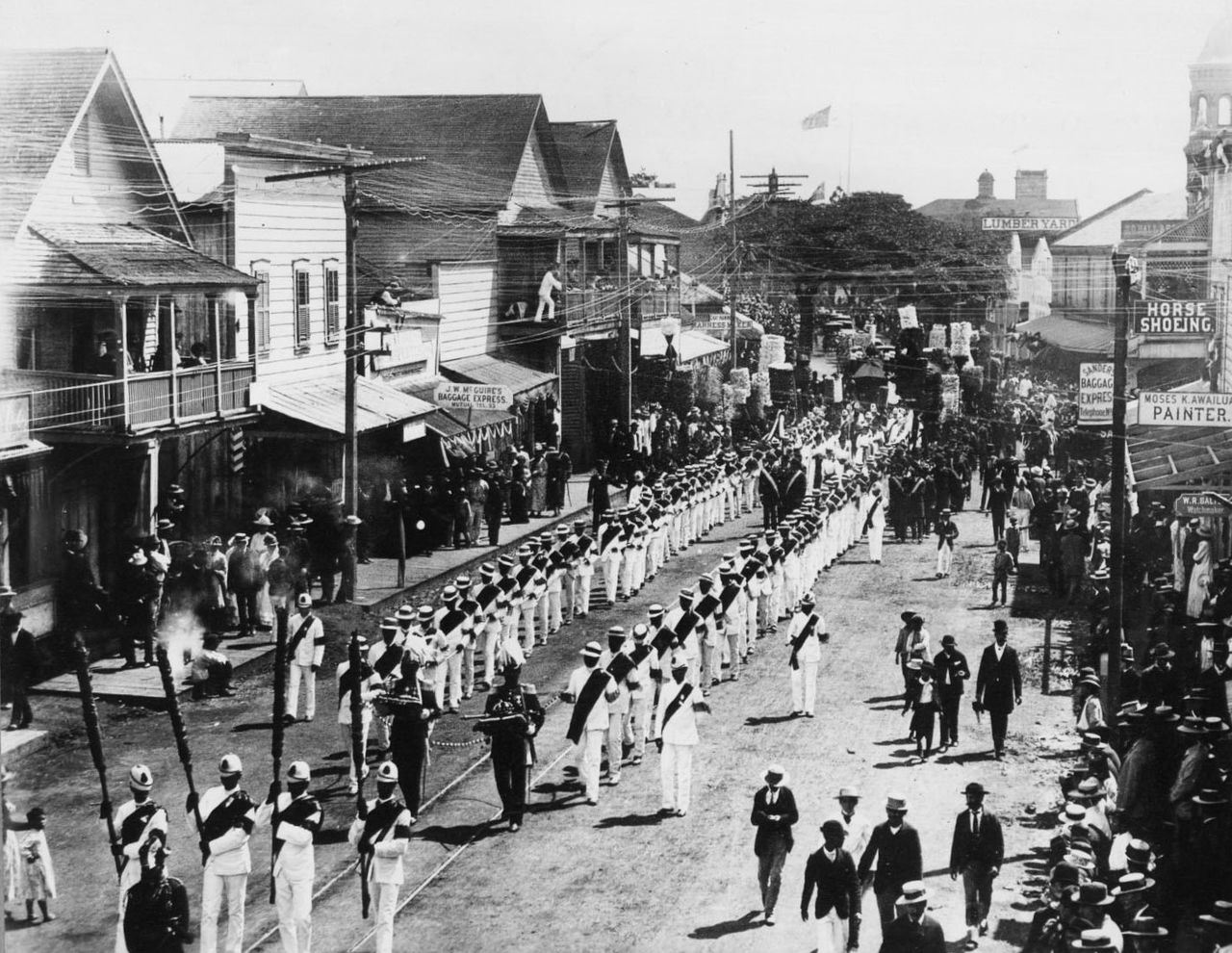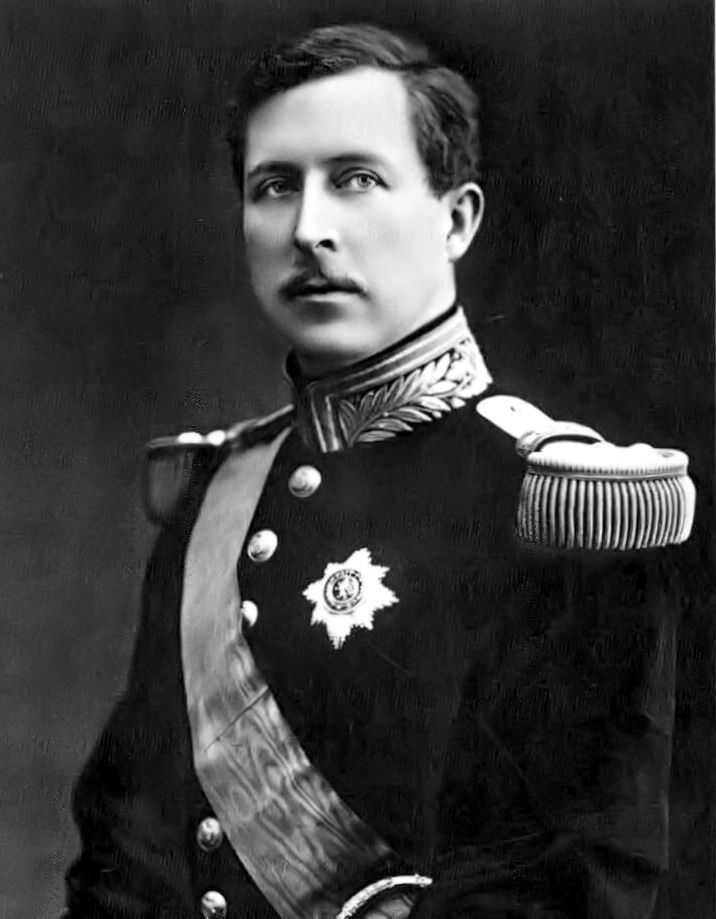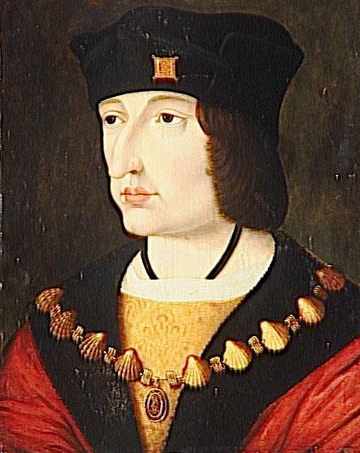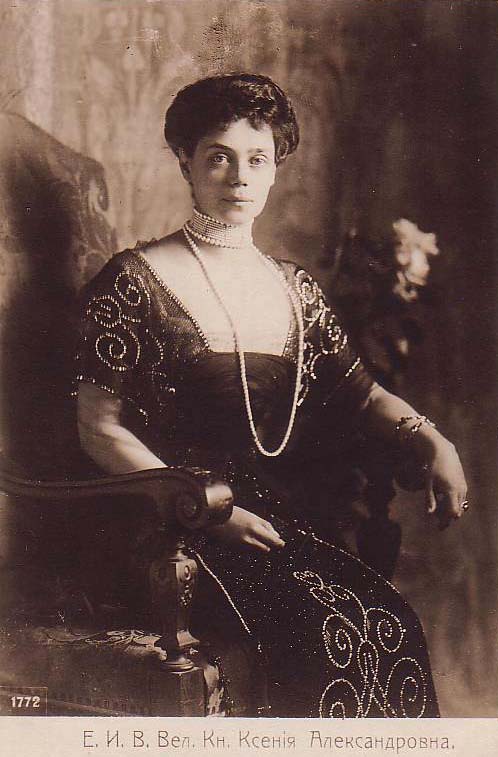© Unofficial Royalty 2024
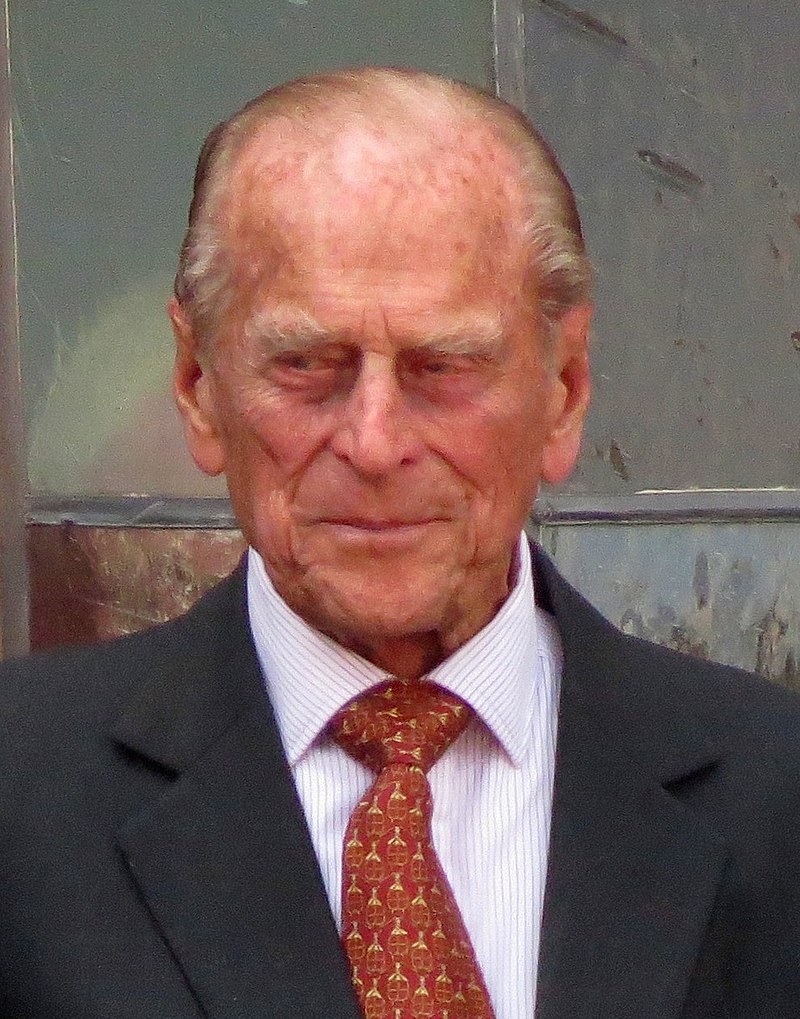
Prince Philip, Duke of Edinburgh; Credit – Wikipedia
April 9, 1483 – Death of King Edward IV of England at the Palace of Westminster in London, England; buried at St. George’s Chapel, Windsor Castle
The first Yorkist King of England, Edward was the son of Richard of York, 3rd Duke of York and Cecily Neville, both great-grandchildren of King Edward III of England. Edward’s father could claim descent from Edward III’s second and fourth surviving sons, Lionel of Antwerp, 1st Duke of Clarence and Edmund of Langley, 1st Duke of York. He was the Yorkist leader during the Wars of the Roses until his death in battle when his son Edward became the leader of the Yorkist faction. His decisive victory over the Lancastrians at the Battle of Towton on March 29, 1461, cemented his status as King of England. He was crowned at Westminster Abbey on June 29, 1461. In 1464, King Edward IV married the widowed Elizabeth Woodville and they had ten children. If King Edward IV lived longer, perhaps he would have become one of England’s most powerful kings. He died a few weeks before his 41st birthday. His cause of death is not known for certain. Pneumonia, typhoid, malaria, poison, and an unhealthy lifestyle are some possibilities. King Edward IV was buried at St. George’s Chapel at Windsor Castle close by his rival King Henry VI.
Unofficial Royalty: King Edward IV of England
April 9, 1484 – Death of Edward of Middleham, Prince of Wales, son of King Richard III of England, at Middleham Castle in Middleham, England; his burial place is unknown
Edward of Middleham was one of the seven Princes of Wales who never became King. At the time of his birth, his parents were the Duke and Duchess of Gloucester, the future King Richard III and his wife Lady Anne Neville. Edward was a sickly child and spent most of his time at Middleham Castle. King Richard III and Queen Anne were on a royal progress and had reached Nottingham when they heard that on April 9, 1484, their son Edward died of unknown causes at the age of ten at his birthplace, Middleham Castle. The Croyland Chronicle reported, “You might have seen his father and mother in a state almost bordering madness, by reason of their sudden grief.” His burial place is unknown. For a very long time, it was thought that an effigy of a young boy on a cenotaph (empty tomb) in St. Helen and Holy Cross Church in Sheriff Hutton, England was Edward, but it is now thought to be an earlier member of the Neville family.
Unofficial Royalty: Edward of Middleham, Prince of Wales
April 9, 1649 – Birth of James Scott, 1st Duke of Monmouth, 1st Duke of Buccleuch, the illegitimate son of King Charles II of England and one of his mistresses Lucy Walter, in Rotterdam, the Netherlands
James was the eldest of Charles II’s illegitimate children. Sarah, Duchess of York, Princess Alice of Gloucester, and Diana, Princess of Wales are descendants of the Duke of Monmouth. James was convicted of treason for leading a rebellion against his uncle King James II of England. James groveled at the feet of his uncle, begging for his life. James was sent to the Tower of London and beheaded on Tower Hill on July 15, 1685.
Unofficial Royalty: James Scott, Duke of Monmouth
April 9, 1765 – Death of Marie Luise of Hesse-Kassel, Princess of Orange, wife of Johan Willem Friso, Prince of Orange, in Leeuwarden, Friesland, now in the Netherlands; buried with her husband at the Grote of Jacobijnerkerk in Leeuwarden
When she was 21-years-old, Marie Luise’s marriage was arranged by her future mother-in-law Henriëtte Amalia of Anhalt-Dessau who was concerned that her son Johan Willem Friso, Prince of Orange had been almost killed twice in battle and had no heir. Sadly, their marriage lasted only two years. While Johan Willem Friso’s carriage was crossing a river by ferry, the ferry capsized and Johan Willem Friso drowned at the age of 23. At the time of her husband’s death, Marie Luise was pregnant with her second child. Six weeks later, she gave birth to a son who immediately became Willem IV, Prince of Orange. On April 9, 1765, Marie Luise died at the age of 77. She had survived her husband Johan Willem Friso by 54 years. Until 2022, Marie Luise of Hesse-Kassel and her husband held the distinction of being the most recent common ancestors to all currently reigning European monarchs. Louis IX, Landgrave of Hesse-Darmstadt and his wife Countess Palatine Caroline of Zweibrücken became the most recent common ancestors of all current hereditary European monarchs on September 8, 2022 after Queen Elizabeth II of the United Kingdom, who was not a descendant, died and her son, Charles III, a descendant through his father, became king.
Unofficial Royalty: Marie Luise of Hesse-Kassel, Princess of Orange
April 9, 1806 – Death of Willem V, Prince of Orange in Brunswick, Principality of Brunswick-Wolfenbüttel, now in Lower Saxony, Germany; first buried in Brunswick, reinterred at the Nieuwe Kerk in Delft, the Netherlands on April 29, 1958
Willem was the son of Willem IV, Prince of Orange and Anne, Princess Royal, the eldest daughter of King George II of Great Britain. In 1767, Willem married Princess Wilhelmina of Prussia. They had five children, but only three survived infancy including Willem I, the first King of the Netherlands. In 1795, the revolutionary Patriots in the Dutch Republic, supported by the French Army, replaced the Dutch Republic with the Batavian Republic which remained in power until 1806. Willem V and his family fled to England where they lived in exile until 1802 in the part of Kew Palace known as the Dutch House with the permission of Willem’s first cousin King George III. In 1802, the family went to the European mainland where they lived in the Principality of Orange-Nassau and the Principality of Brunswick-Wolfenbüttel. Willem spent the rest of his life in exile. Willem was vilified during his lifetime and is still considered a failure as a ruler. Queen Wilhelmina refused to attend the reburial of Willem V at the Nieuwe Kerk. When asked why, she said that she did not want to walk behind the coffin of a fool.
Unofficial Royalty: Willem V, Prince of Orange
April 9, 1835 – Birth of King Leopold II of the Belgians in Brussels, Belgium
Full name: Léopold Louis Philippe Marie Victor
Leopold II was the second-born but first surviving child of King Leopold I of the Belgians. His father was formerly Prince Leopold of Saxe-Coburg-Saalfeld, uncle of both Queen Victoria and her husband Prince Albert of Saxe-Coburg and Gotha and Leopold II was the first cousin of both Victoria and Albert. In 1853, he married Marie Henriette of Austria. They had three daughters and one son who died young. The marriage was not a happy one, and the couple lived mostly separate lives. After the death of their only son, Leopold and Marie Henriette tried to have another son, but the result was another daughter Clémentine. The couple completely separated after the birth of Clémentine. Leopold II was the second monarch of Belgium and is known for his exploitation of the Congo Free State for his personal gain and the horrendous atrocities committed against the native people. When Leopold II died at the age of 74, he was so unpopular with the Belgian people that his funeral procession was booed.
Unofficial Royalty: King Leopold II of the Belgians
April 9, 1882 – Birth of Friedrich Franz IV, Grand Duke of Mecklenburg-Schwerin in Palermo, Kingdom of Italy, now in Italy
Full name: Friedrich Franz Michael
Friedrich Franz became Grand Duke upon his father’s death in April 1897. Because he was still a minor, his uncle Duke Johann Albrecht, served as regent until Friedrich Franz came of age in 1901. Once he had taken control of his government, the young Grand Duke attempted to reform the Mecklenburg constitution. However, his efforts failed when the government of Mecklenburg-Strelitz refused to agree to his ideas. In 1904, he married Princess Alexandra of Hanover and Cumberland and they had five children. Friedrich Franz was the last Grand Duke of Mecklenburg-Schwerin, abdicating on November 14, 1918. Forced to leave Mecklenburg-Schwerin, Friedrich Franz and his family traveled to Denmark at the invitation of his sister, Queen Alexandrine where they lived for a year, before being permitted to return to Mecklenburg, Germany, and recovering several of the family’s properties. At the end of World War II, with the advance of the Soviet Union’s Red Army, Friedrich Franz, his wife, and son Christian Ludwig, fled to Glücksburg Castle, in Glücksburg, Germany, the home of his youngest daughter and her husband, intending to return to Denmark. However, he became ill, and while under house arrest at Glücksburg Castle, died at the age of 63.
Unofficial Royalty: Friedrich Franz IV, Grand Duke of Mecklenburg-Schwerin
April 9, 1914 – Death of Empress Shōken of Japan, wife of Emperor Meiji of Japan, at the Imperial Villa in Numazu, Japan; buried in the East Mound of the Fushimi Momoyama Ryo in Kyoto, Japan, her soul was enshrined in Meiji Shrine in Tokyo, Japan
Born Lady Masako Ichijō, Empress Shōken would be the first Empress Consort of Japan to play a public role but sadly, she had no children. Emperor Meiji had fifteen children by five official ladies-in-waiting but only five children survived to adulthood. Empress Shōken officially adopted Yoshihito, her husband’s eldest surviving son by a concubine, as was the custom. Emperor Meiji died in 1912, at the age of 59. He had suffered from diabetes, nephritis, and gastroenteritis, and died of uremia. Yoshihito succeeded his father as Emperor and is known as Emperor Taishō, his posthumous name. Empress Shōken survived her husband by less than two years, dying on April 9, 1914, at the age of 64.
Unofficial Royalty: Empress Shōken of Japan
April 9, 1953 – Wedding of Grand Duke Jean of Luxembourg and Princess Josephine-Charlotte of Belgium at Notre Dame Cathedral in Luxembourg City, Luxembourg
Rumors of a Belgian-Luxembourg engagement began appearing in the press in November 1952. While Joséphine-Charlotte and Jean were indeed officially engaged the previous month, the engagement was not made official to the public until December 26, 1952. The April 9, 1953 wedding date was announced the following day. The wedding was attended by 2500 guests, including three kings, three queens, 40 princes, and princesses, all from ruling and former houses of European royalty.
Unofficial Royalty: Wedding of Grand Duke Jean of Luxembourg and Princess Josephine-Charlotte of Belgium
April 9, 1955 – Birth of Princess Tomohito of Mikasa, widow of Prince Tomohito of Mikasa, born Nobuko Asō in Tokyo, Japan
Princess Tomohito was married to Prince Tomohito of Mikasa, a first cousin of Emperor Emeritus Akihito, who died in 2012 from cancer complications. Princess Tomohito supports many Japanese and international organizations dealing with cancer research and the promotion of the welfare of people with physical or mental disabilities. She serves as President of the Tokyo Jikeikai, a foundation to fund the Tokyo Jikeikai Hospital and the Jikeikai University School of Medicine.
Unofficial Royalty: Princess Tomohito of Mikasa
April 9, 1961 – Death of King Zog I of the Albanians at the Foch Hospital in Suresnes, Hauts-de-Seine, France; first buried in the Thiais Cemetery in Paris, France, in November 2012, his remains were reinterred in the newly rebuilt Royal Mausoleum in Tirana, Albania
After Albania achieved independence, Ahmed Muhtar Zogu held numerous positions within the government, including Minister of the Interior, Chief of the Albanian Military, Prime Minister, and President. In 1927, several Albanian politicians suggested that Albania should become a monarchy again. A commission was quickly established and on August 30, 1928, the Constitutional Assembly overwhelmingly approved the vote. The Kingdom of Albania was established, and President Zogu was offered the throne. The following day, September 1, 1928, Ahmet Zogu took the oath, becoming King Zog I of the Albanians, the country’s first and only reigning King. In 1938, King Zog married Geraldine Apponyi de Nagy-Appony. On April 7, 1939, just two days after Queen Geraldine gave birth to the couple’s only child, Italian forces invaded Albania. Despite attempts to hold them off, the Albanian military was unsuccessful and the royal family was forced into exile. After several years of ill health, King Zog passed away on April 9, 1961, at the age of 66.
Unofficial Royalty: King Zog I of the Albanians
April 9, 2005 – Wedding of King Charles III of the United Kingdom and Queen Consort Camilla at the Guildhall in Windsor, England
King Charles III, then The Prince of Wales, and Camilla Parker Bowles were married in a civil ceremony at the Windsor Guildhall in Windsor, England followed by a Service of Prayer and Dedication at St. George’s Chapel, Windsor Castle in Windsor, England.
Unofficial Royalty: Wedding of King Charles III and Camilla Parker Bowles
April 9, 2021 – Death of Prince Philip, Duke of Edinburgh, husband of Queen Elizabeth II of the United Kingdom, at Windsor Castle in Windsor, England; buried in the King George VI Memorial Chapel at St. George’s Chapel, Windsor Castle in Windsor, England
Born Prince Philip of Greece and Denmark, he was the son of Prince Andrew of Greece and Denmark and Princess Alice of Battenberg. In 1947, he married the future Queen Elizabeth II of the United Kingdom and they had four children. Prince Philip was the patron of over 800 organizations in the United Kingdom and the Commonwealth with special interests in scientific and technological research and development, the encouragement of sport, the welfare of young people, and conservation and the environment. He accompanied Queen Elizabeth on her Commonwealth tours and State visits, as well as on most of her public engagements in the United Kingdom. Prince Philip, Duke of Edinburgh died at Windsor Castle in Windsor, England on April 9, 2021, at the age of 99, just two months short of his 100th birthday.
Unofficial Royalty: Prince Philip, Duke of Edinburgh
Unofficial Royalty: Funeral of Prince Philip, Duke of Edinburgh
Unofficial Royalty: Service of Thanksgiving for Prince Philip, Duke of Edinburgh
This article is the intellectual property of Unofficial Royalty and is NOT TO BE COPIED, EDITED, OR POSTED IN ANY FORM ON ANOTHER WEBSITE under any circumstances. It is permissible to use a link that directs to Unofficial Royalty.




